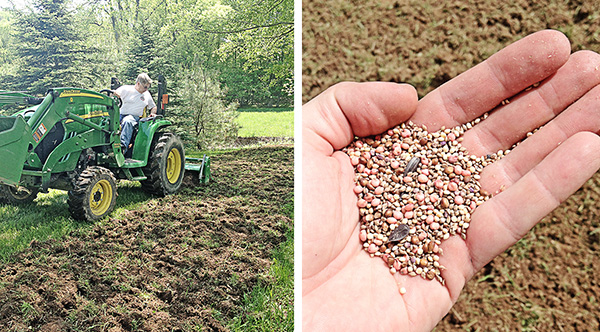Pheasant Defying Drought….. For Now

There has been a lot of news about the terribly dry conditions across the bulk of the country this year. This news sparked many early negative predictions for the upland populations.
If you read much about the lifecycle of upland birds though, most don’t require much water when they are young. So unlike harsh winters which will have devastating kill-off effects on game or extremely wet nesting months which will ruin hatches, drought may be a preferable weather catastrophe if there is such a thing.
A mild winter followed by a warm spring contributed to a significant increase in Minnesota’s pheasant count, according to the Minnesota Department of Natural Resources (DNR).
The pheasant population index increased 68 percent from 2011. Pheasant hunters are expected to harvest about 290,000 roosters this fall. That’s up from last year’s estimated harvest of 204,000 but roughly half the number taken during the 2005-2008 seasons when hunting was exceptionally good.
The pheasants-per-mile index for 2012 is 4.21, up 18 percent from the 3.57 index of 2011.
“The mild winter of 2011-12 was the boost we needed for pheasant survival and reproductive potential,” said Jeff Vonk, secretary of the South Dakota Department of Game, Fish and Parks, in a news release. “It goes to show that, with the combination of good habitat and the right weather conditions, pheasants can be quite prolific.”
The Iowa Department of Natural Resources’ (DNR) 2012 August Upland Wildlife Roadside Survey shows the statewide pheasant population has increased 16 percent when compared to last year.
“We expected to see an increase after the first mild winter in five years and we have, but it will take another two to three years of good weather for the population to fully recover from five straight years of heavy snow and cool wet springs,” said Todd Bogenschutz, upland wildlife research biologist for the DNR.
The average birds counted per 30 mile route statewide increased from 6.8 birds to 8 birds in 2012. The highest pheasant counts per route are in the northwest region, with 16, central region, with 13, and north central region with 10. The survey also showed an increase in the number of partridge and quail, while cottontail numbers were unchanged.
Though the dry conditions may not have impacted the nesting and hatch survival I believe the danger lies ahead. The poor grain production and sparse harvest caused by the drought may be the downfall of this fall’s upswing in gamebird numbers. With less grain to fatten up on in the autumn, it could be a very tough winter for the birds. So though I’m happy to hear about a rebound in numbers I still have a sneaky suspicion that we haven’t seen this drought fully play out just yet.






